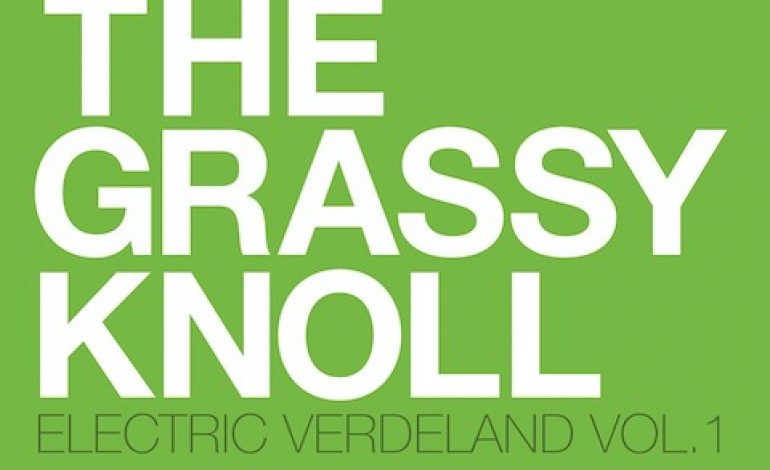

Magic Bullet Theory
The Grassy Knoll has been around since the mid-1990s, though their output has been essentially the opposite of prolific in that time. After putting out a few records in the ’90s, they dropped off the edge of the world and have just recently circled around to the other side and emerged from the horizon with Electric Verdeland Vol. 1. Who knows what caused the band to go on such a long hiatus – maybe it was artistic differences, or maybe the various musicians were busy pursuing other projects. Or maybe they just squeeze so much music into their records that they had simply run dry for a few years.
Given the cornucopia of influences that come together to form each track of Electric Verdeland, that last option doesn’t seem too far-fetched. The Grassy Knoll repeatedly combines heavy metal riffs with club techno rhythms and free jazz horns into a mutant musical chimera. It sounds like so many different things at once, that it ceases to sound like anything in particular. The feeling is similar to being in a crowded bar, surrounded by dozens of conversations. They all attempt to shout over one another and wind up melting into one indiscernible noise.
This is not to say that Knoll’s music is indiscernible, or particularly noisy, but that it’s comprised of a great many individual voices, all shouting and vying for attention. “Headlong into the Sun” comes across as a kind of strange Pink Floyd-Chemical Brothers hybrid that sounds so much like both of those influences that it ceases to sound like either one. “Voluptuous Misery” calls on the frenzied horn chaos of Radiohead’s “The National Anthem,” but lacks the elegance and focus of its predecessor. “The Art of Fear” pushes out a strong rhythm that feels like TV on the Radio, but its guitar section bounces between arena-rock soloing and ringing funk chords. Each track is a collage of elements that would stand strong on their own, but just seem confusing when mixed together.
Electric Verdeland Vol. 1 is definitely impressive for its technical prowess and intricate production, but it seems to get so caught up in those two elements that it winds up with too many focal points. The musicians of The Grassy Knoll obviously have the ability to create an amazing record, but it seems like they would benefit most from a good dose of editing.
